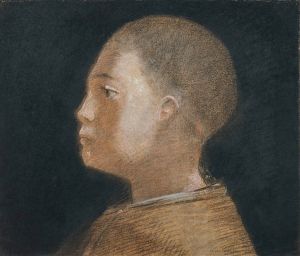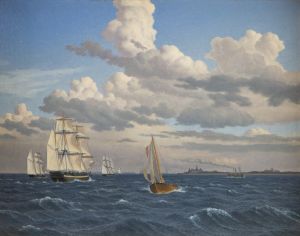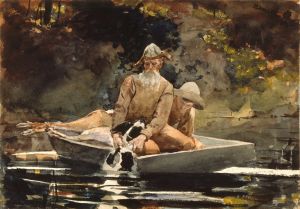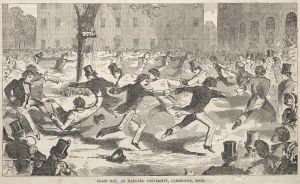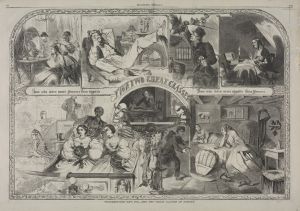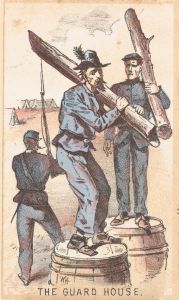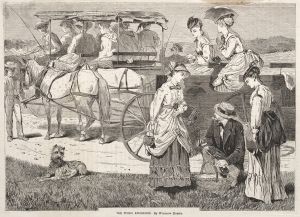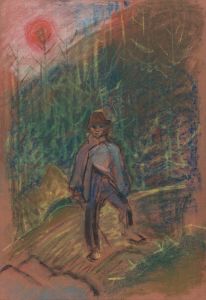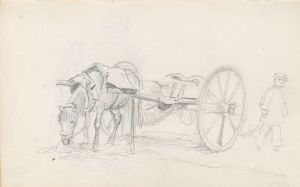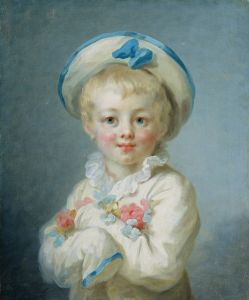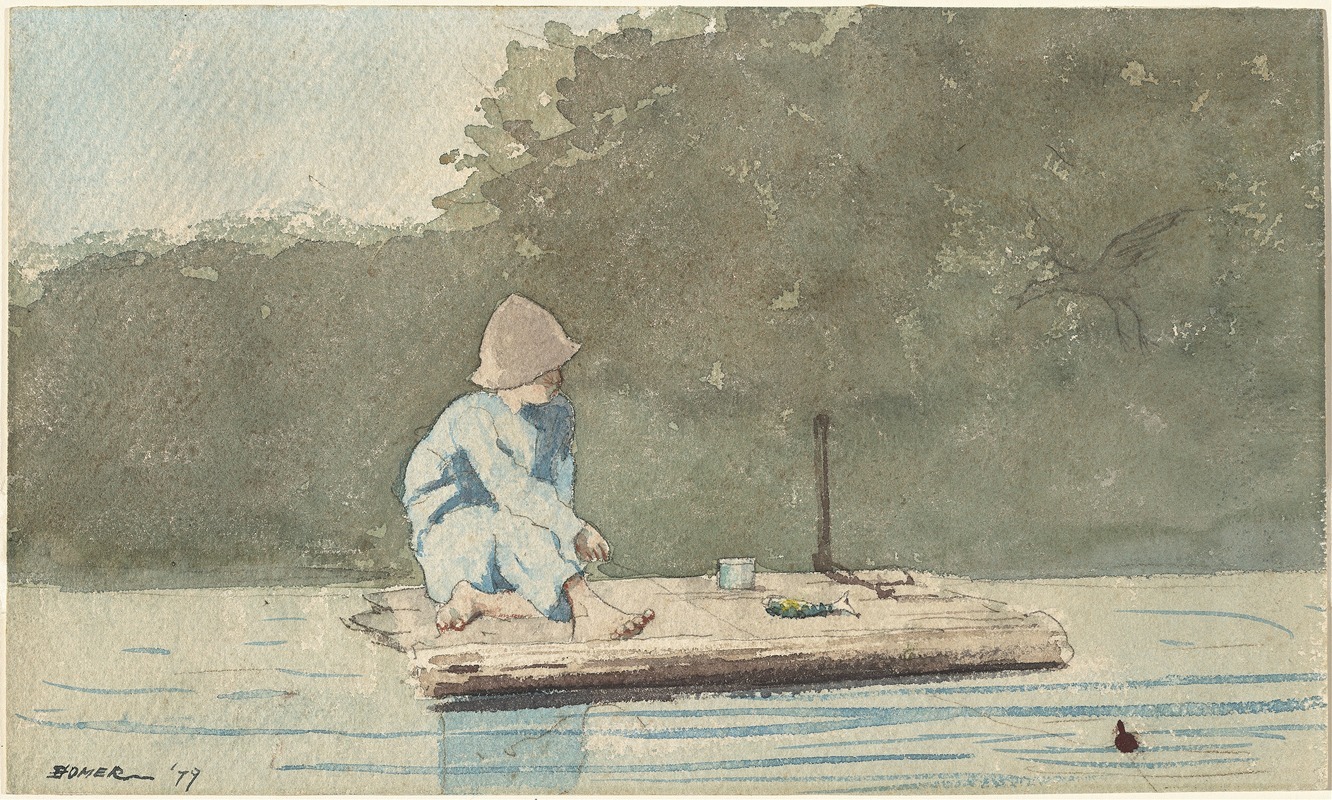
Boy on a Raft
A hand-painted replica of Winslow Homer’s masterpiece Boy on a Raft, meticulously crafted by professional artists to capture the true essence of the original. Each piece is created with museum-quality canvas and rare mineral pigments, carefully painted by experienced artists with delicate brushstrokes and rich, layered colors to perfectly recreate the texture of the original artwork. Unlike machine-printed reproductions, this hand-painted version brings the painting to life, infused with the artist’s emotions and skill in every stroke. Whether for personal collection or home decoration, it instantly elevates the artistic atmosphere of any space.
Winslow Homer, an American artist renowned for his marine subjects, painted "Boy on a Raft" in 1870. This work is a testament to Homer's skill in capturing the essence of human interaction with nature, a theme prevalent in much of his oeuvre. The painting depicts a young boy, alone on a makeshift raft, set against the backdrop of a vast, open sea. This composition reflects Homer's fascination with the sea and the human condition, a subject he explored extensively throughout his career.
"Boy on a Raft" was created during a period when Homer was transitioning from his earlier work as an illustrator to becoming a full-time painter. This period marked a significant evolution in his artistic style, as he began to focus more on the subtleties of light and atmosphere, elements that are evident in this painting. The artwork is characterized by its realistic portrayal of the boy and the surrounding water, showcasing Homer's keen observational skills and his ability to convey emotion through simplicity.
The painting is executed in oil on canvas, a medium that Homer frequently employed to achieve depth and richness in his works. The use of oil paints allowed him to create a vivid representation of the sea, capturing the movement and texture of the water with remarkable precision. The boy, central to the composition, is depicted in a contemplative pose, suggesting themes of solitude and introspection. This aligns with Homer's broader exploration of the individual's relationship with nature, a recurring motif in his body of work.
Homer's choice of subject matter in "Boy on a Raft" reflects the broader cultural and historical context of post-Civil War America. During this time, there was a growing interest in themes of adventure and exploration, as well as a fascination with the untamed aspects of the natural world. Homer's painting can be seen as a reflection of these themes, capturing the spirit of independence and resilience.
The painting is part of a larger series of works by Homer that focus on maritime life and the challenges faced by those who live and work at sea. His ability to depict the sea with such authenticity and emotion has led to his recognition as one of the foremost marine painters of the 19th century. "Boy on a Raft" exemplifies Homer's mastery of this genre, highlighting his unique ability to blend realism with a poignant narrative.
Today, Winslow Homer is celebrated as one of America's greatest painters, and "Boy on a Raft" remains an important work within his artistic legacy. The painting continues to be studied and admired for its technical excellence and its evocative portrayal of the human spirit in the face of nature's vastness.





